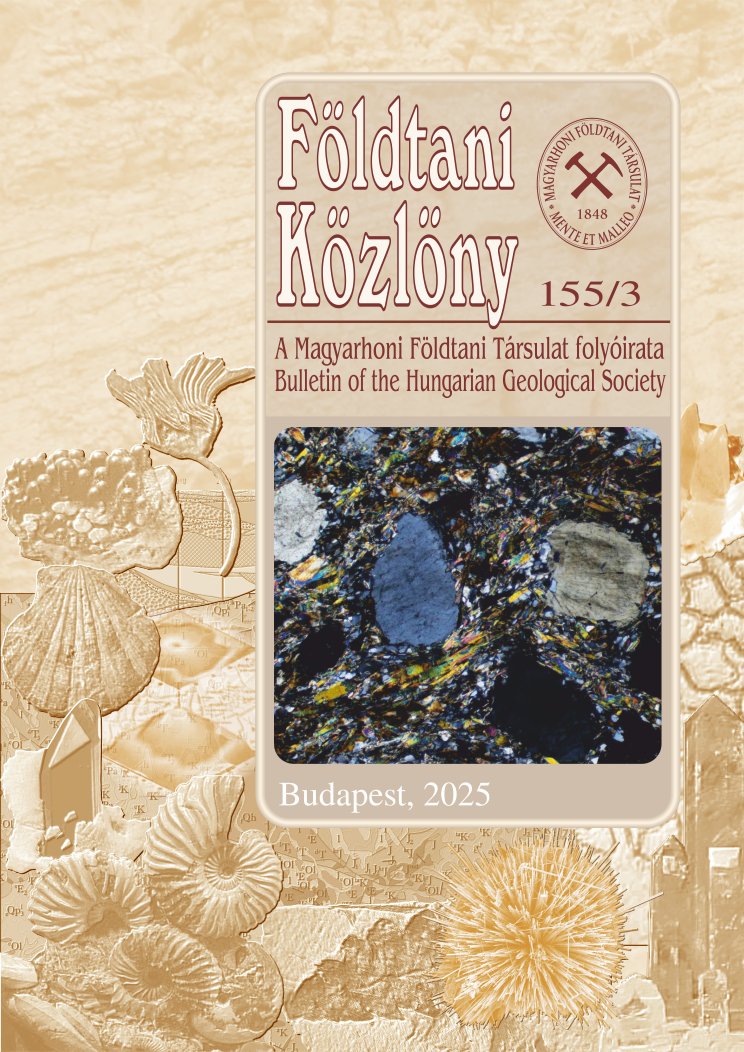Reducing variogram uncertainties using the ‘jack-knifing’ method, a case study of the Stari Gradac – Barcs-Nyugat field
Abstract
Variogram analysis is a standard tool in the spatial analysis of hydrocarbon reservoir parameters. However, such
analysis (as well as all reservoir characterisations), include several sources of uncertainties due to two reasons. The first
is the imperfection of measuring devices. The second (and more frequent case) is the result of a (too) small number of
wells and their irregular net pattern; this is not sufficient for reliable analysis of spatial dependence. This second source
of uncertainty can be empirically quantified using a method called ‘jack-knifing’.
The Stari Gradac – Barcs-Nyugat field was selected as beeing the most appropriate locality for applying ‘jackknifing’ analysis on a dataset derived from the Croatian part of the Pannonian Basin. A new, omnidirectional experimental semivariogram has been calculated for data derived from clastics lithofacies of Badenian age. This omnidirectional semivariogram is approximated by a spherical-theoretical model. Also, from the same dataset a set of “n”
‘jack-knifed’ experimental semivariograms could be calculated. Based on this set, error bars can be graphically constructed around each point of the experimental semivariogram. It should be noted that the well names were omitted in
each step of the ‘jack-knifing’. This made it possible to observe a particular well’s name as characterised by the highest
influence on the error bars.
Based on the results obtained, there are spatially outlined well zones at the Stari Gradac – Barcs-Nyugat field where
the lack of data has the most influence (i.e. zones that lead to the highest estimation error using the spatial model). It was
also assumed that 2 or 3 new locations (i.e. wells or the reliable seismic equivalent of well data) would significantly
increase the reliability of a geostatistical field’s model, and especially the porosity estimation in these zones.











